“Disgusting”. “Perverted.” “The British Judiciary should hold him accountable for what he’s doing.” These are just…
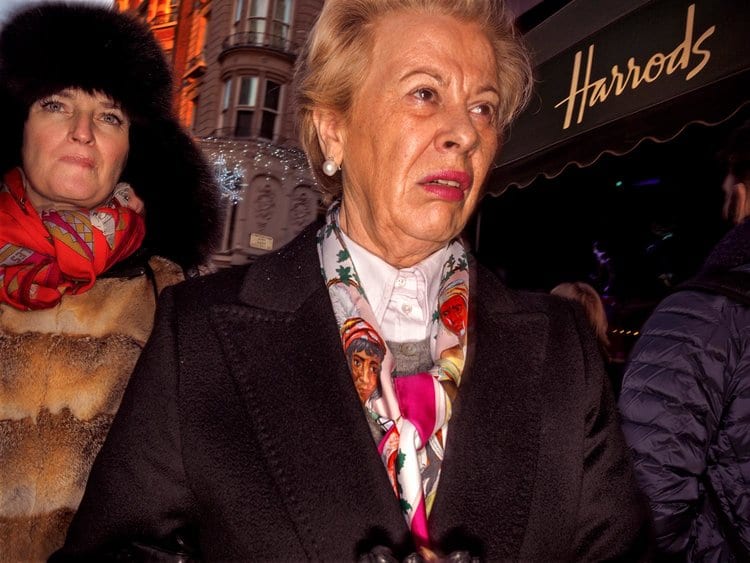

“Disgusting”. “Perverted.” “The British Judiciary should hold him accountable for what he’s doing.” These are just…
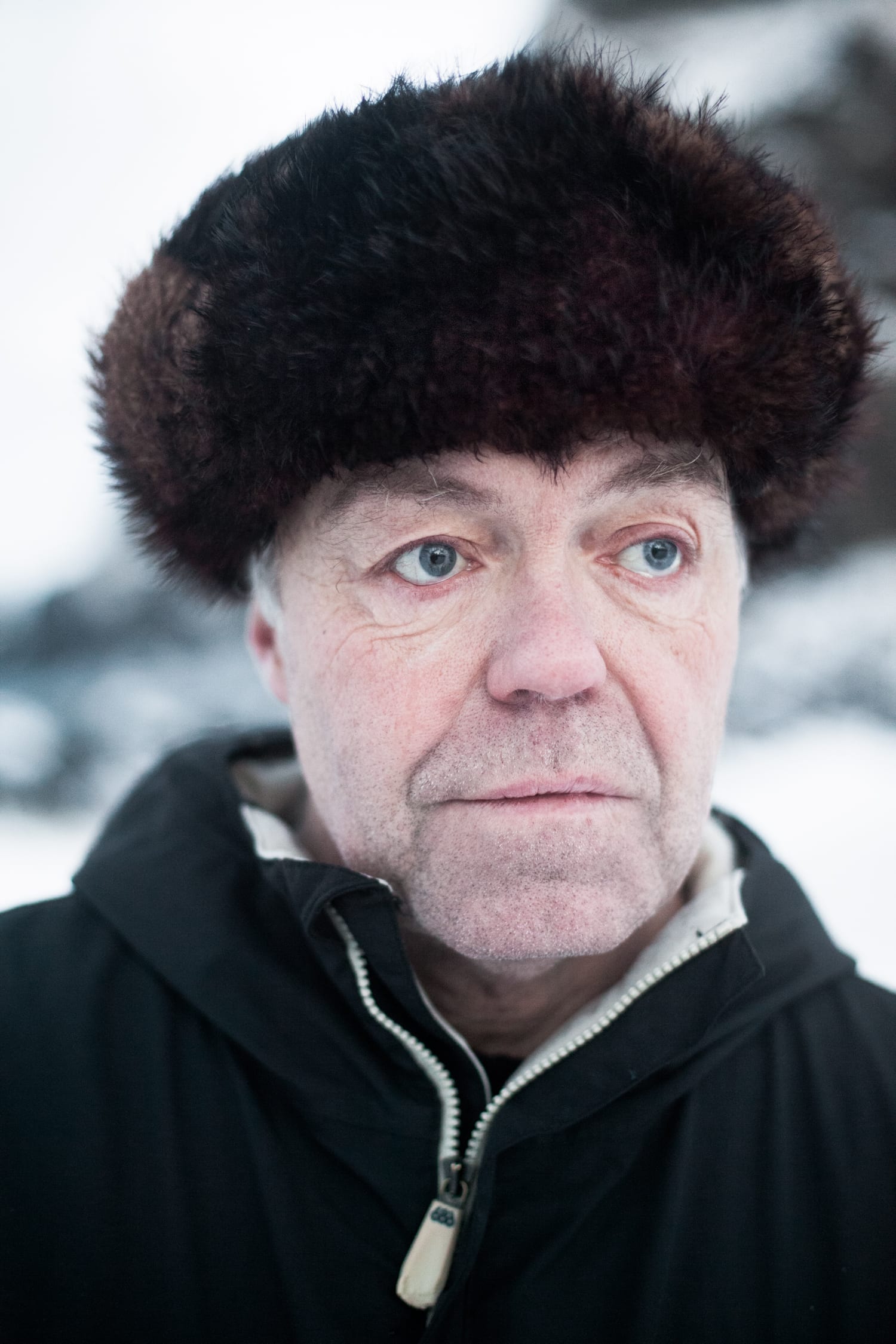
Three photographers will travel to Copenhagen over a long-weekend and create an intimate portrait of the Scandinavian city
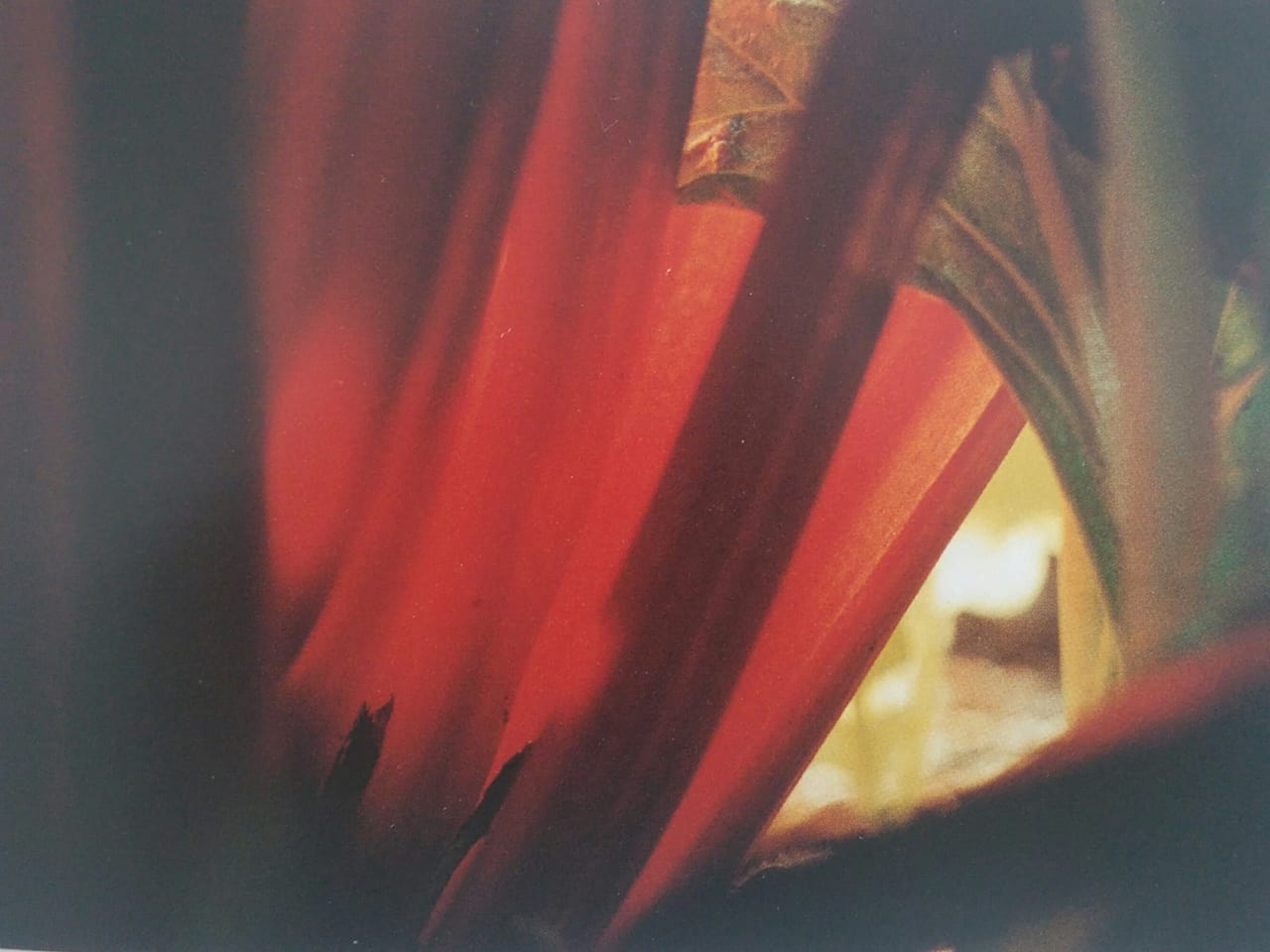
Born in 1931 to a British diplomat and an American artist, Fay Simmonds married publisher Tony Godwin in 1961, and was introduced to the cream of literary London. Already a keen amateur photographer, by the 1970s she had started taking portraits of the writers she met and by the end of the 1980s had shot almost every significant figure of the period – including Philip Larkin, Saul Bellow, Angela Carter, Ted Hughes, Philip Larkin, Doris Lessing, Salman Rushdie, Jean Rhys, and Tom Stoppard. But Fay Godwin was also a keen walker – in fact she led the Ramblers’ Association from 1987 to 1990 – and it was for her landscape photography that she became best known. Informed by a sense of ecological crisis, she shot books such as Rebecca the Lurcher (1973), The Oldest Road: An Exploration of the Ridgeway (1975), and co-authored Remains of Elmet: A Pennine Sequence with the poet Ted Hughes.
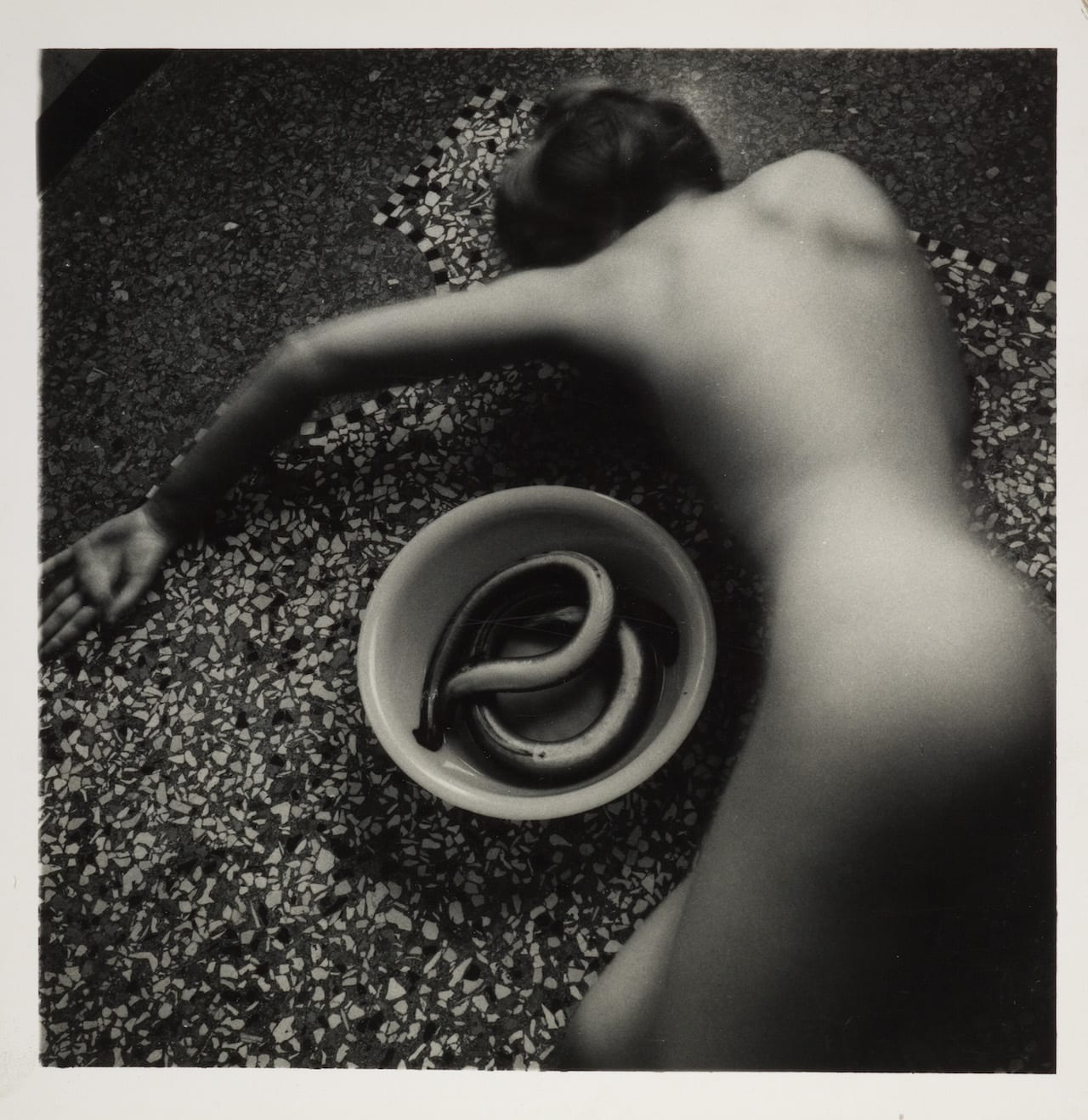
How can art express movement in the human figure? And how does it convey emotion and strain through depictions of the body? A summer exhibition at Tate Liverpool will try to answer those questions by pairing work by influential 20th century American photographer, Francesca Woodman with drawings by Austrian expressionist Egon Schiele. Life in Motion: Egon Schiele/Francesca Woodman, which opens on 24th May, will investigate how Woodman’s photographs depict both physical movement and what she referred to as “the body’s inner force”. It will also highlight the relationship between the two artists’ work, and how Woodman’s images of the body from the late 1970s illuminate Schiele’s drawings – which were made more than fifty years before.

Photographs of women prisoners typically depict them in their cells, behind bars, their femininity stripped away. In contrast to this, French photographer Bettina Rheims has made a series of studio-like portraits of women in four jails across France, images that seek to restore and capture the feminine aspect of their identity. Titled Détenues [Detained], the series comprises 68 frontal portraits shot against white walls in Autumn 2014, and is currently on show in the chapel of Château de Vincennes – a former royal castle near Paris, that housed ‘women of ill repute’ in the 18th and 19th centuries. The exhibition is accompanied by a book, published by Gallimard.
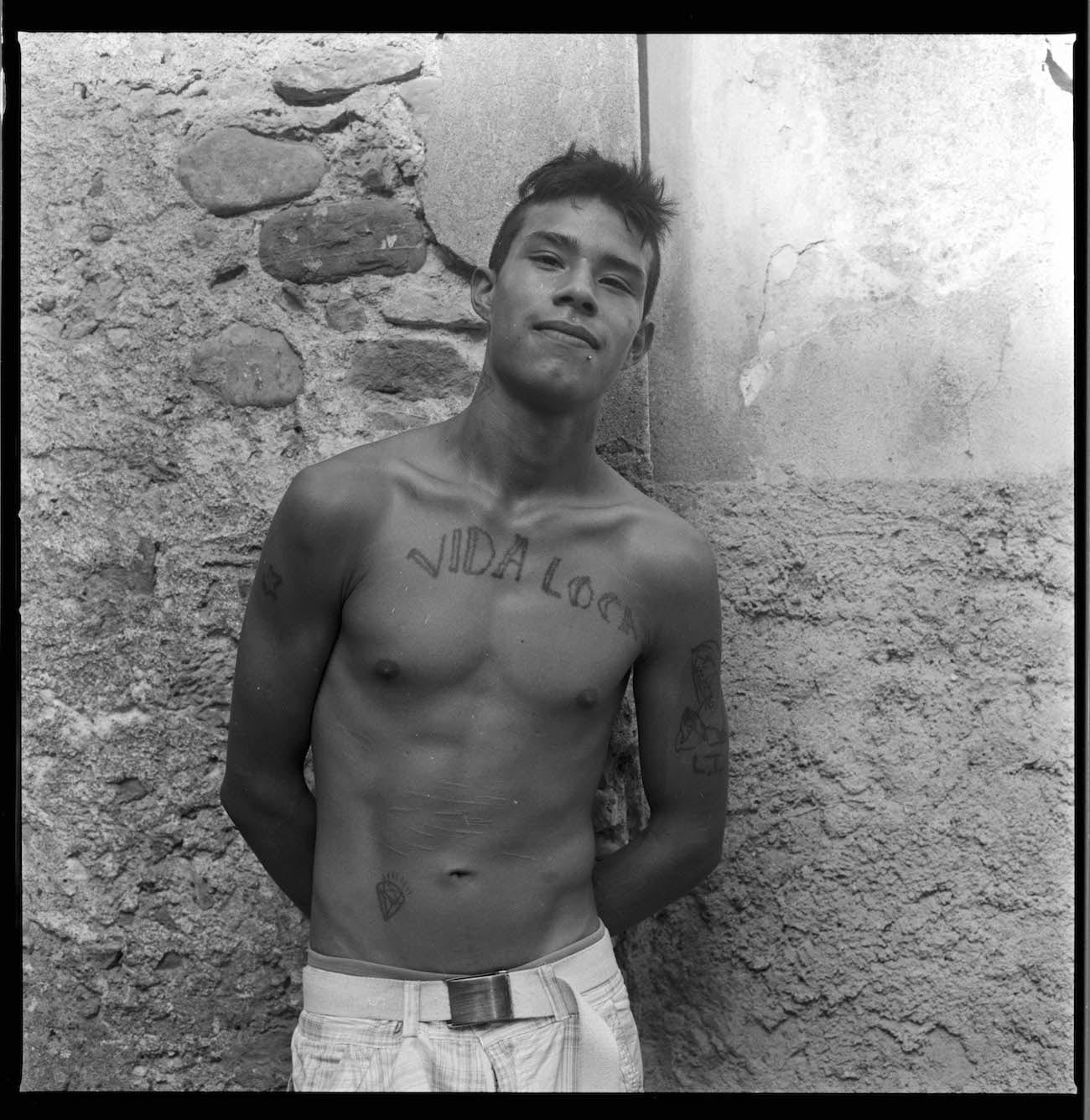
British Journal of Photography announces the seven photographers shortlisted for Postcards from Copenhagen, an exclusive commission for which three competition winners will create a body of work in the Danish capital
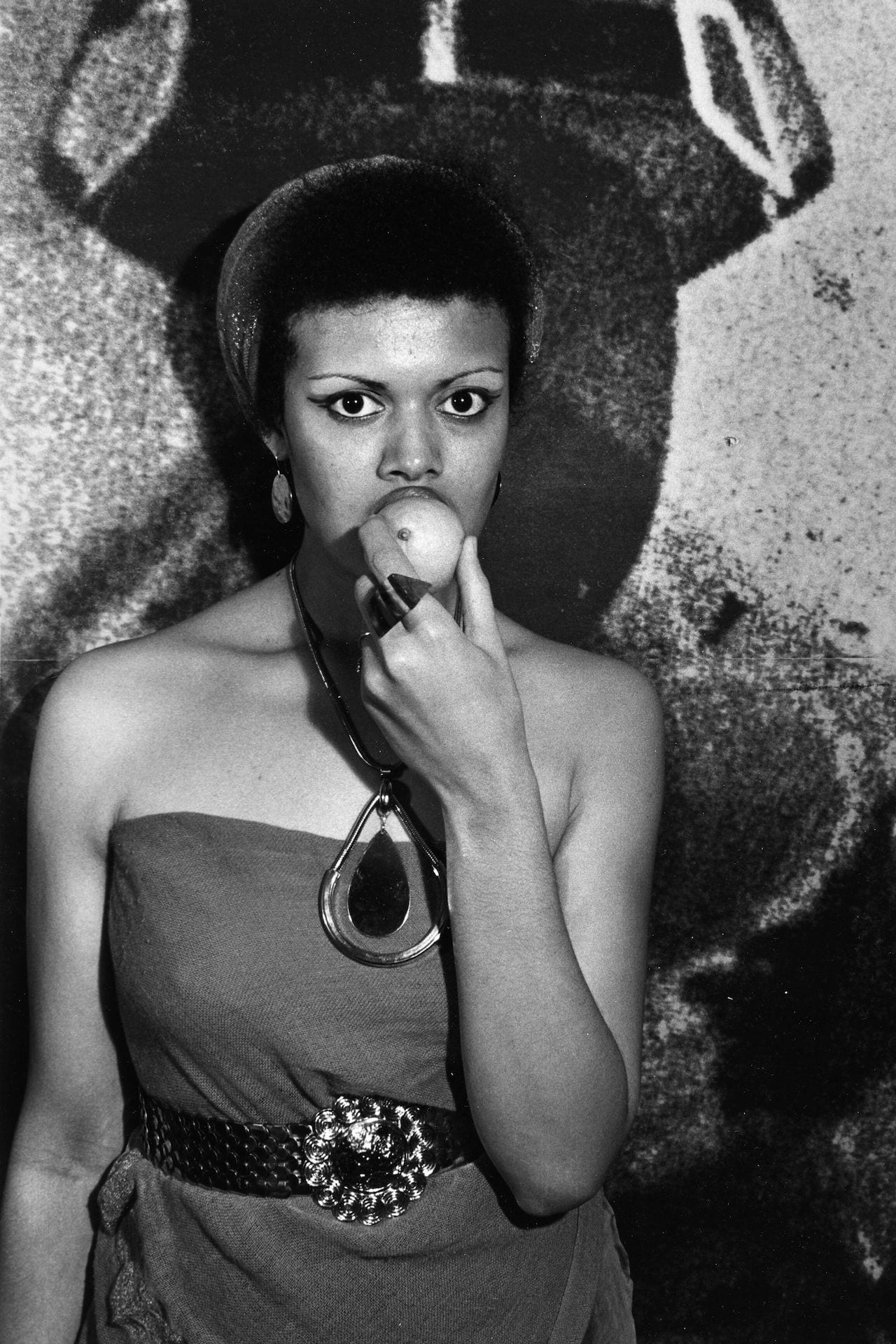
Peppers Hideout, Perv’s House, the High Chaparral, the Patio Lounge, and the Showcase Lounge –…
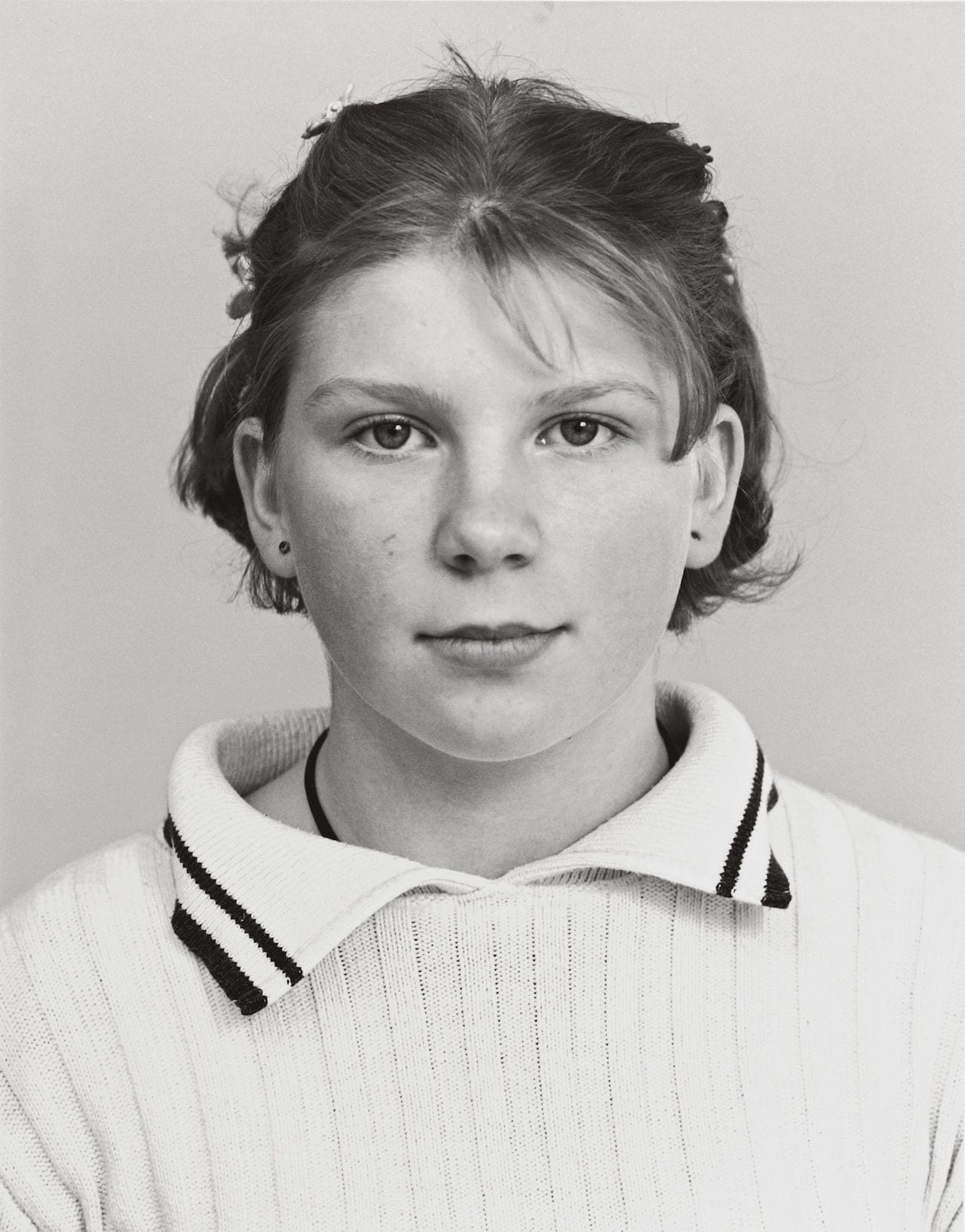
In terms of history and photography, 1938 was a significant year. With Germany’s annexation of Austria, the Munich Agreement, the November Pogrom and the Évian Conference, which addressed the international response to the refugee crisis, it was a decisive point in time, with repercussions that would shape generations to come. It was also the year that six iconic photographers, who would document this shifting world, were born. This spring, the occasion will be honoured with a special celebration at the Sprengel Museum Hannover, titled 1938. Birthday Party with Guests. Initiated to commemorate the 80th anniversary of German photographer Heinrich Riebesehl, whose archive is housed at the museum, the exhibition evolved into a wider historical survey that sketches an international perspective on the second half of the 20th century. Joining Riebesehl are Johan van der Keuken, Josef Koudelka, Boris Mikhailov, Daido Moriyama and Helga Paris. For curator Inka Schube, this wave of artists born in 1938 represents a very particular generation: those who experienced the Second World War as children, too young to remember much more than playing in its rubble but growing up in the world it created.